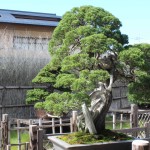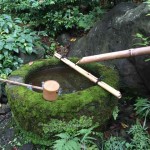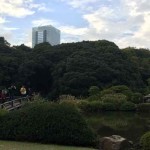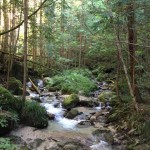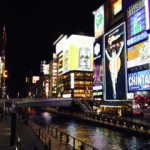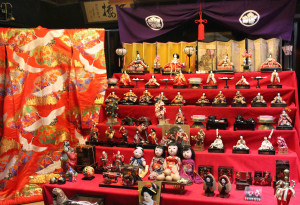Bonsai is a miniature tree in a small container, but more than that. Bonsai is an art to create majestic scenery inside the container. Unlike pictures or sculptures, it is a living art and the time plays an important role. You’d easily find more than 80 years old but only 40 cm high bonsai in a garden. Time plays important role to make beautiful shape as the bonsai owner intend. In
Read More
